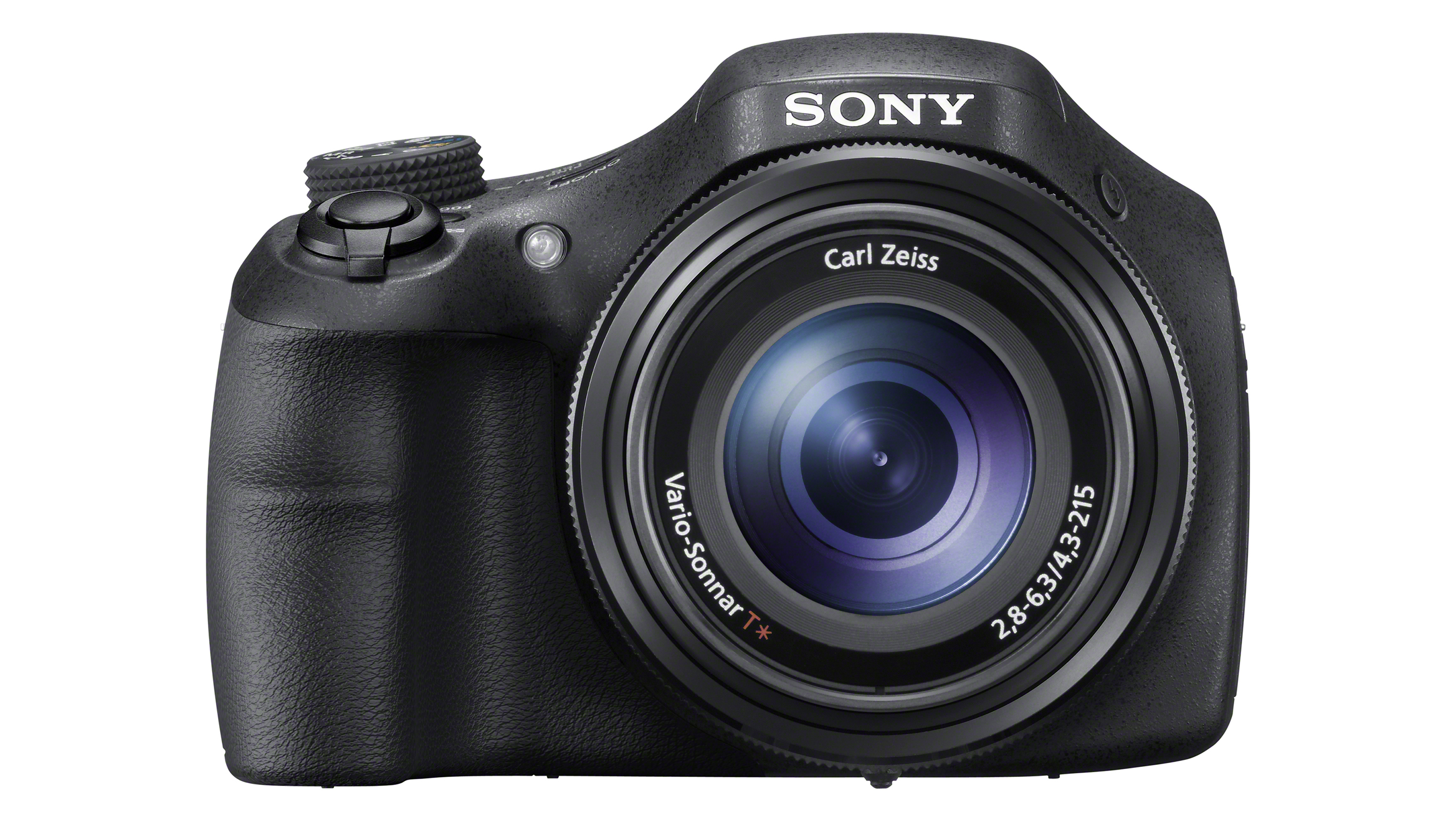Why you can trust TechRadar
The Sony HX300 powers up for action from cold in two to three seconds, the lens jutting a little proud of its housing to the sound of whirring mechanics to arrive at maximum wide angle setting, while the rear screen bursts into life with a flourish of audio.
OK, this isn't the fastest response ever - certainly it falls short of that of an actual DSLR. A half squeeze of the shutter release button and focus and exposure is determined in a blink of an eye, which is a bit more like it.
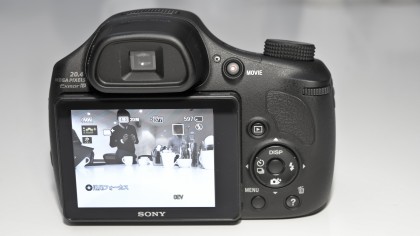
Squeeze the shutter release button fully and, with a barely discernible shutter delay in single shot mode, a full resolution image is committed to memory in two to three seconds, with a tiny internal capacity suitable for six shots provided out of the box.
Manually rotating the zoom by hand, it is reasonably responsive to the touch, but not as responsive as a simple twist of the zoom lens on your DSLR would be, which is slightly frustrating.
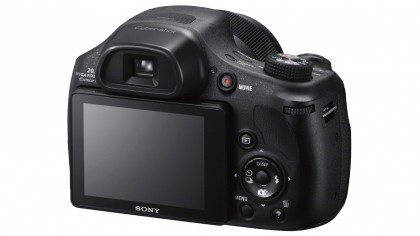
Also, it appears slower to respond when pulling back or zooming out than when you're zooming in initially. Still, if you're not in a rush to quickly snap that candid shot you saw in your mind's eye before you powered up the camera then working this way is fine, and it does feel like you're putting a bit more effort in than just alternately toggling a switch with your forefinger.
Fortunately the zoom can also be used when shooting video - you'd think that would be a prerequisite of a camera such as this, but it isn't always the case. Though the zoom reaction is slower still, it thankfully loses the mechanised motor sound that accompanies its use when shooting still images.
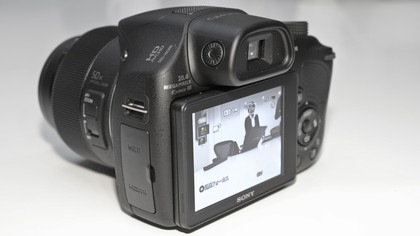
What is impressive is that the image relayed to the Sony HX300's rear plate LCD or EVF even when towards maximum telephoto setting is nice and steady, whereas on the likes of a cheaper superzoom such as Nikon's Coolpix L820 it wobbles all over the place.
It's also possible to get a nigh-on sharp shot shooting at the maximum 50x optical zoom, gripping the camera in both hands, without the aid of a tripod, which is just what you want from a camera such as this.
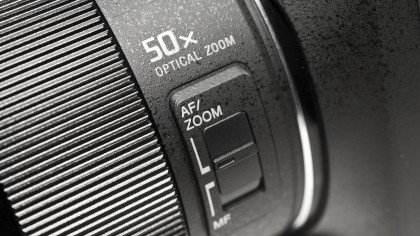
On most superzooms you have to take at least two or three shots of the same subject to end up with one that's reasonably crisp. OK, so the shots from this Sony camera aren't as sharp as those you'll get from an actual DSLR, but then a DSLR and lens with this sort of reach is beyond most of our possibilities.
With the camera's metering set to multi-segment in order to get a well-exposed overall image, that's by and large what we got. However, there were instances of over-exposed highlights and lost detail, as well as purple pixel fringing between areas of high contrast. In fairness, these are the kind of aberrations that would blight the JPEG output from most consumer-level compact cameras.
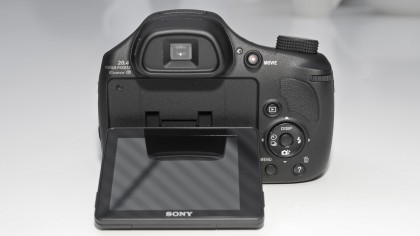
There is naturally an HDR option, which pulls back some of the detail lost when exposures are otherwise tricky, but you can be left with an image that looks a little more painterly than photographic if we're nit-picking.
Of course there's not the option here to shoot raw images to give you even more hands-on control over the images.
Current page: Performance
Prev Page Build quality and handling Next Page Image quality and resolution
When not wrestling wild bears or leaping tall buildings in a single bound, Gavin Stoker can be found editing British Photographic Industry News, the UK's longest running and only photo trade title. He has over 25 years of camera testing and reviewing under his belt.
